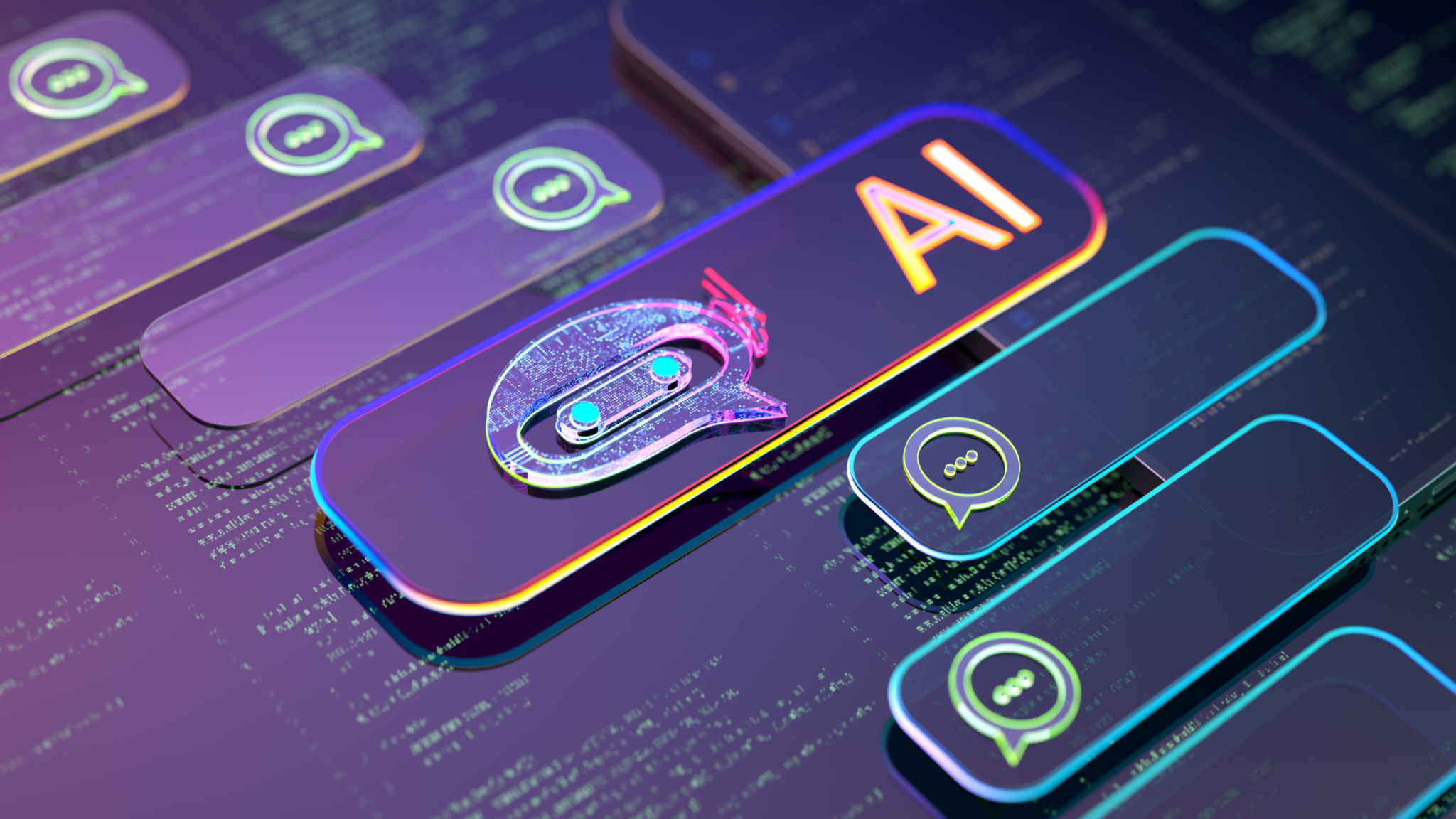Debunking Common Myths About AI Optimization
Understanding AI Optimization
Artificial Intelligence (AI) optimization is a rapidly evolving field, yet it is often misunderstood. Many people harbor misconceptions that can hinder the adoption and effective use of AI technologies. In this blog post, we'll explore and debunk some of the most common myths surrounding AI optimization.

Myth 1: AI Optimization Is Only for Tech Giants
One common myth is that AI optimization is reserved for large tech companies with vast resources. While it's true that big companies often lead the way, AI tools and platforms have become more accessible. Small and medium-sized enterprises can also leverage AI to enhance their operations, improve customer experiences, and drive innovation.
Cloud-based AI platforms and open-source tools have lowered the barriers to entry, making it feasible for businesses of all sizes to implement AI solutions. This democratization of AI technology means that companies can start small and scale as needed.
Myth 2: AI Will Replace Human Jobs
Another widespread myth is the fear that AI will replace human workers. While AI can automate certain tasks, it is more about augmentation than replacement. AI optimization allows humans to focus on higher-level tasks by taking over repetitive and mundane activities.

For instance, AI can handle data analysis, freeing up human employees to concentrate on strategic decision-making and creative problem-solving. Ultimately, AI and humans can work hand-in-hand to enhance productivity and innovation.
Myth 3: AI Optimization Is a One-Time Effort
Some believe that once AI is implemented, the job is done. In reality, AI optimization is an ongoing process that requires continuous monitoring and adjustment. As data inputs and business environments change, AI models need to be updated and fine-tuned to maintain optimal performance.
Regular evaluation and recalibration ensure that AI systems remain relevant and effective, adapting to new challenges and opportunities as they arise.

Myth 4: AI Is Always 100% Accurate
AI systems are powerful, but they are not infallible. The accuracy of an AI model depends on the quality and quantity of the data it is trained on. Poor data quality or biased data sets can lead to inaccurate predictions and decisions.
It's crucial to continuously assess the performance of AI models and address any biases or errors. This involves a combination of human oversight and robust data management practices.
Conclusion: Embracing AI with Clarity
Debunking these myths is essential for businesses and individuals to make informed decisions about AI adoption. By understanding the realities of AI optimization, organizations can harness its full potential to drive growth and innovation.
Ultimately, AI is a tool that, when used wisely, can transform industries and improve our daily lives. It's up to us to approach it with an open mind and a commitment to ongoing learning and adaptation.
